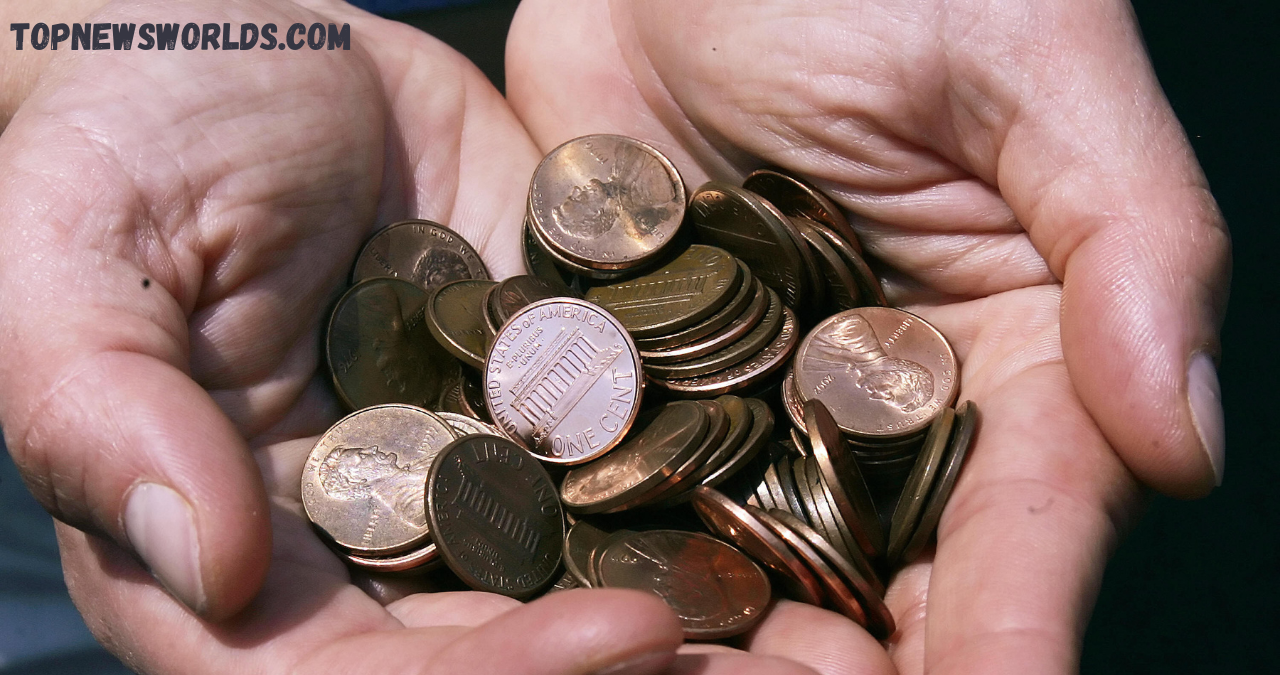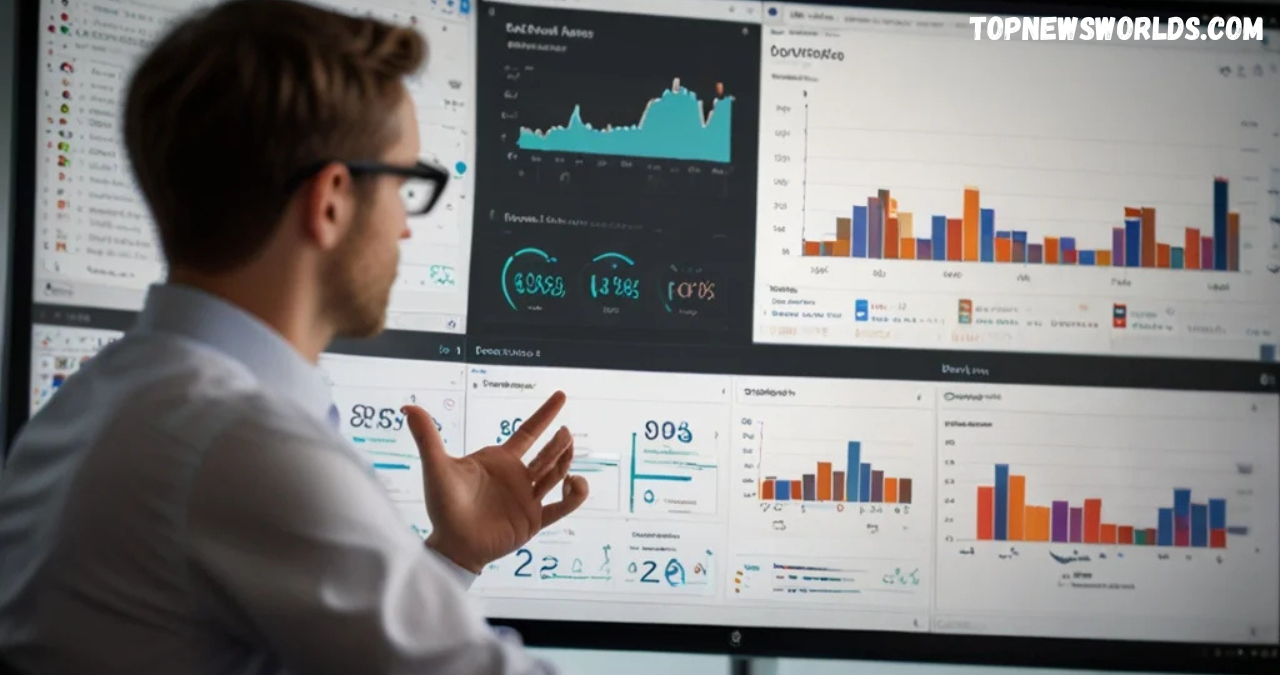When you think How Much Is 80000 Pennies, it’s easy to imagine them scattered around the house or sitting unused at the bottom of your purse. But have you ever wondered what the true value of a large collection of pennies might be? Imagine this: How Much Is 80000 Pennies. How much is that worth? More than you might think! In this article, we’ll explore the monetary value, physical characteristics, and fun facts about How Much Is 80000 Pennies, as well as what you can do with this massive amount of copper coins.
The Monetary Value of How Much Is 80000 Pennies
The most straightforward way to find the value of How Much Is 80000 Pennies is simple math: 100 pennies equal $1. So, if you have How Much Is 80000 Pennies, you can divide that number by 100 to find out the value in dollars. The total comes out to $800. This is the total amount of money you would have if you collected 80,000 pennies and counted them all.
While $800 may not seem like a huge fortune, it’s still a significant sum when compared to everyday expenses. Whether you’re purchasing groceries, paying for utilities, or covering a minor household repair, $800 can go a long way. For example, with $800, you could cover a month’s worth of groceries for a family of four, buy a plane ticket to a nearby destination, or even pay for a new smartphone. Although it’s not enough to buy a car, it can still cover a variety of smaller but necessary expenses.
Contextualizing the Value
While $800 may not break the bank, it’s still a decent chunk of money, especially when you consider how long it takes to accumulate it through pennies. If you were to start collecting pennies today, it could take months or even years before you reached How Much Is 80000 Pennies—depending on how frequently you come across them.
To put the value of $800 into context, consider the following: In the 1980s, $800 would have covered the cost of an entry-level computer or a week-long vacation to a popular tourist destination. In today’s terms, while $800 might not stretch as far in certain areas like housing, it still holds significant purchasing power in the form of smaller goods or services. So, next time you find a penny lying on the sidewalk, remember: it could contribute to something bigger than you think.
The Physical Characteristics of 80,000 Pennies
Beyond the value, there are some interesting physical characteristics of 80,000 pennies that are worth considering. Each penny weighs approximately 2.5 grams, and if you multiply that by 80,000, you get a total weight of 200,000 grams, or 200 kilograms (about 440 pounds). To put that in perspective, the combined weight of 80,000 pennies is equivalent to the weight of a large adult man or a small dog!
The heavy load of 80,000 pennies would make it nearly impossible to carry them all in your pockets. Even transporting such a vast quantity would require a sturdy container—perhaps a large suitcase or a few big bags. If you ever needed to move your pile of pennies, you’d likely have to enlist some help. This is one of the reasons people often opt to exchange large quantities of coins rather than carrying them around.
Space and Storage Requirements
In addition to their weight, 80,000 pennies take up a considerable amount of space. A single penny has a diameter of 0.75 inches (19.05 mm) and a thickness of 0.0598 inches (1.52 mm). If you were to stack these 80,000 pennies, they would reach a height of about 160 feet, which is higher than most buildings. Even if you spread them out on the ground, they would likely cover an area of a few hundred square feet.
Because pennies are small and light, they are easy to overlook when calculating how much space they occupy. But when collected in large amounts, they can take up more space than you might expect. If you were to store them in coin wrappers, you’d need at least 800 coin wrappers, which are typically designed to hold 50 pennies each. This gives you a rough idea of how many wrappers you’d need just to organize this many pennies for transport or banking.
Banking and Exchange What Can You Do With 80,000 Pennies?
Now that we know how much 80,000 pennies weigh and how much space they take up, let’s discuss what you can actually do with them. If you want to deposit these pennies into a bank account, you’ll face a few logistical challenges. Most banks have policies on coin deposits, and they often prefer that coins be wrapped in coin wrappers for easier counting. Without wrapping, the bank may require the use of coin-counting machines, and some banks even charge fees for using them.
In many cases, coin-counting services like Coinstar can provide an easy way to exchange your pennies for paper money or a gift card. However, these services charge a fee of around 11% of the total amount. This means you’d lose roughly $88 out of your $800 if you use a service like Coinstar, leaving you with $712. Still, it may be more convenient than manually rolling the pennies yourself.
Spending or Using Pennies
Although it is perfectly legal to spend pennies, doing so in large quantities can be cumbersome. Imagine trying to pay for a $10 purchase using only pennies—you’d need 1,000 pennies just to pay that small bill. Some businesses may even refuse to accept large amounts of coins because of the inconvenience it causes for cashiers and staff. In fact, there have been many instances where people have made headlines by paying large fines or bills in pennies, turning the process into a public spectacle.
On the other hand, some individuals and organizations have used large quantities of pennies for charitable purposes. For example, donating pennies to a good cause can be a creative way to make a statement, or even raise money for charity. Despite their humble size, pennies have a way of adding up when gathered in large numbers.
Fun Facts and Trivia About Pennies
The penny has a long history in the United States, first minted in 1793. Originally made from copper, the penny’s design and composition have evolved over the years. The most famous design features Abraham Lincoln’s profile on the front, which has been in place since 1909. Before this, the penny depicted various images of Lady Liberty, and the coin’s size and composition have varied significantly.
In recent decades, the penny’s composition has changed due to rising copper prices. Since 1982, the U.S. penny has been made primarily of zinc, with a thin copper coating. The U.S. Mint continues to produce billions of pennies every year, even though many argue that the penny is no longer worth the cost to mint.
Interesting Penny Statistics
There are some fascinating statistics about pennies and their circulation. For example, it’s estimated that there are about 150 billion pennies currently in circulation in the United States. The average penny stays in circulation for about 25 years before it is lost, discarded, or becomes too worn down to use. Despite their small value, pennies are still found in great numbers across the country, often in parking lots, on sidewalks, and at the bottom of old purses.
Interestingly, it costs the U.S. Mint about 1.8 cents to produce a single penny, which is more than its face value. This discrepancy has led some to question whether it’s worth continuing to produce pennies, and there have been various debates over the years about eliminating the coin entirely.
Conclusion
While 80,000 pennies may not make you a millionaire, their value and physical characteristics are still impressive. From a simple $800 to a hefty weight and significant space requirements, these small coins are more than meets the eye. Whether you’re using them for everyday purchases, banking, or simply collecting them for fun, pennies remain a fascinating and integral part of the U.S. economy. So, next time you come across a penny, remember: it’s not just loose change—it’s part of a much larger picture.
You May Also Read: https://topnewsworlds.com/best-buy-hours/




